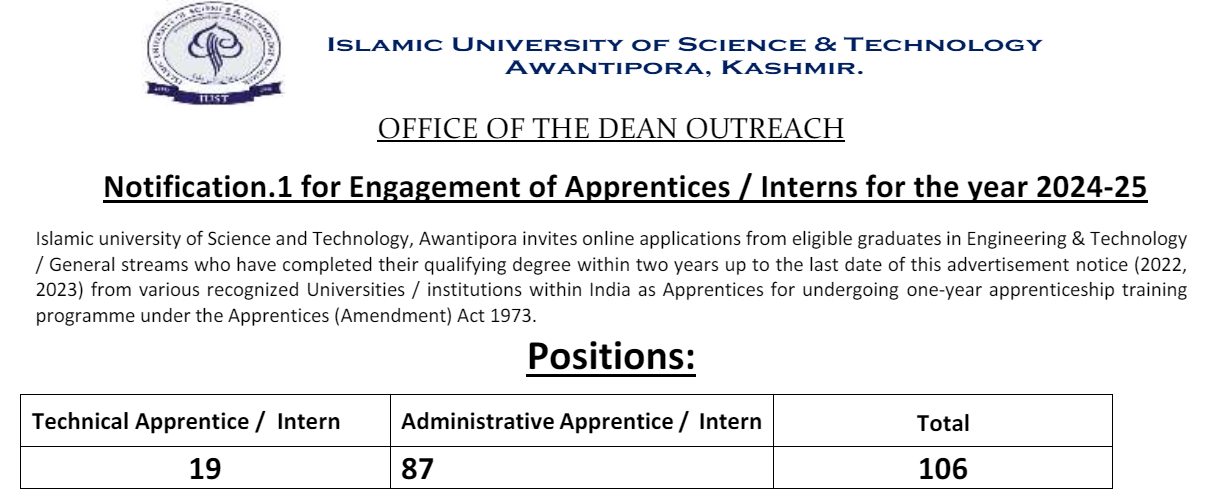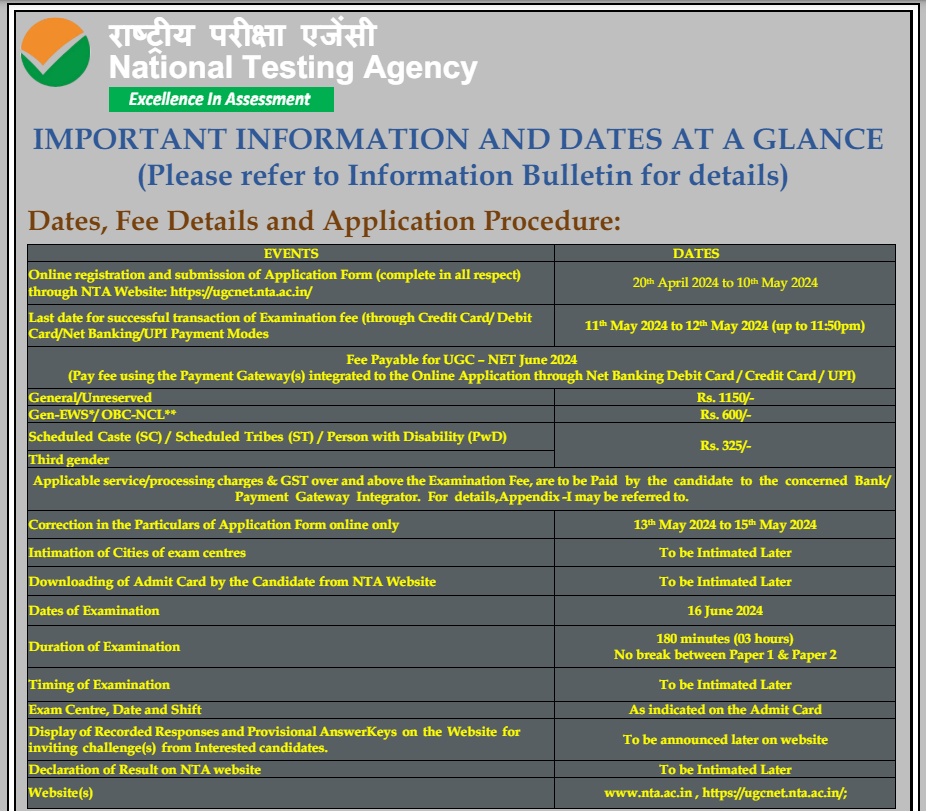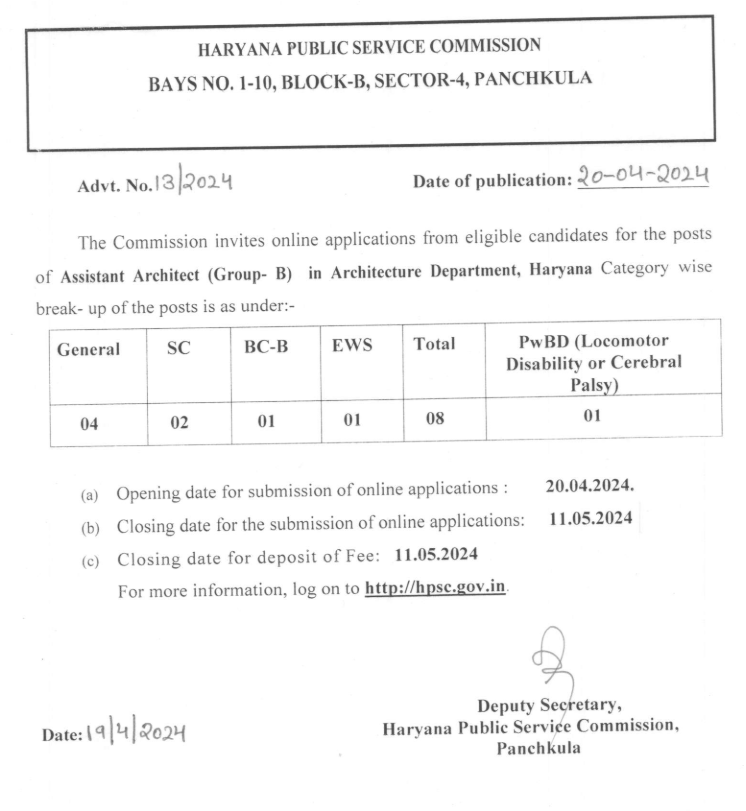Electrical Machines Expected MCQ PDF 10

Category –EE Online Test
Telegram-Join Us On Telegram
Attempt Free Electrical Machines Expected MCQ PDF 10 Here. Read The Important Electrical MCQ From Below.
1) In a 20 kVA, 2200 / 220 volts transformer iron and copper losses are 300 and 400 watts respectively. Its efficiency at half load and unity power factor is
a. 95.11%
b. 96.15%
c. 97.77%
d. 98%
ANSWER: 96.15%
2) A 500 kVA single phase transformer has 90% efficiency at both half load and full load at unity power factor. Then iron losses will be
a. 12.55 KW
b. 13.55 kW
c. 16.55 kW
d. 18.55 KW
ANSWER: 18.55 KW
Electrical Machines Expected MCQ PDF 10
3) While performing a circuit test on transformer at 30v, 30 Hz it gives Φ1 as lagging power factor. If the same test is performed at 30V, 50Hz, then
a. Φ1 > Φ2
b. Φ1 < Φ2
c. Φ1 = Φ2
d. None of these
ANSWER: Φ1 < Φ2
4) If the magnitude of leakage reactance is equal to the resistance of both primary and secondary of a single phase transformer. Then the input power factor is
a. 1 / √2
b. 1
c. √2
d. zero
ANSWER: 1 / √2
5) Open circuit test is to be performed on transformer to find
a. Constant losses
b. Copper losses
c. Both (a) and (b)
d. None of these
ANSWER: Constant losses
6) If the transformer is step – up transformer then for performing short circuit test meter is connected to the
a. H.V. side
b. L.V. side
c. Any side
d. Test cannot be performed on step up t / f
ANSWER: H.V. side
Electrical Machines Expected MCQ PDF 10
7) If short circuit test is performed on the transformer with constant rated voltage and increased frequency, then the short circuit current and power factor
a. Both will increase
b. Both will decrease
c. Increase, decrease
d. Decrease, remains constant
ANSWER: Both will decrease
8) Which test is also called as back to back test?
a. Retardation test
b. Sumpner’s test
c. Field test
d. Voltage drop test
ANSWER: Sumpner’s test
9) While conducting the sumpner’s test, the primaries of the two identical transformers are connected in parallel across the supply. The secondary’s are connected in
a. Parallel
b. Series opposition
c. Both in series and parallel
d. Not connected at all
ANSWER: Series opposition
10) In sumpner’s test, the net voltage in the local circuit of secondary’s is
a. Equal to zero
b. Twice of the induced emf in each secondary’s
c. Equal to the induced emf in each secondary’s
d. Square of the induced emf in each secondary’s
ANSWER: Equal to zero
Electrical Machines Expected MCQ PDF 10
11) While performing sumpner’s test on transformer, if the secondary are not in series opposition then the meter will read
a. 0
b. Twice of the induced emf in each secondary’s
c. Equal to the induced emf in each secondary’s
d. Keep fluctuating
ANSWER: Twice of the induced emf in each secondary’s
12) If W1 is the input power measured by the wattmeter connected across the primaries and W2 is the measurement of wattmeter connected in secondary’s while performing sumpner’s test then iron losses and copper losses is equal to
a. W1, W2
b. W1 / 2, 2 * W2
c. 2 * W1, W2 / 2
d. W1 / 2, W2 / 2
ANSWER: W1 / 2, W2 / 2
13) For parallel operation of transformers, the most satisfactory condition is achieved when the load shared by the transformers is in exact proportion with their
a. Efficiency
b. Ratings
c. Impedances
d. None of these
ANSWER: Ratings
Electrical Machines Expected MCQ PDF 10
14) Two transformers are operated in parallel, most essential condition to be satisfied is
a. Polarities should be same
b. Leakage reactance should be equal
c. Turns ratios should be equal
d. Impedances should be in proportion to their kVA rating
ANSWER: Polarities should be same
15) For carrying out parallel operation, transformers should have same X / R ratio in order to avoid
a. Leakage reactance
b. Insulation failure
c. Circulating current
d. Inrush current
ANSWER: Circulating current
16) If the transformers have different kVA ratings, then for parallel operation the equivalent impedances should be
a. Directly proportional to individual kVA rating
b. Inversely proportional to individual kVA rating
c. Inversely proportional to the square of the individual kVA rating
d. Directly proportional to the square of individual kVA rating
ANSWER: Inversely proportional to individual kVA rating
17) For satisfactory parallel operation, the circulating current should not exceed
a. 5% of normal rated current
b. 50% of normal rated current
c. 10% of normal rated current
d. 25% of normal rated current
ANSWER: 10% of normal rated current
18) For parallel operation of transformers, the p.u. impedances of transformer must be (based on their own kVA rating)
a. directly proportional to their ratings
b. inversely proportional to their ratings
c. equal
d. none of these
ANSWER: equal
Electrical Machines Expected MCQ PDF 10
19) A 3 phase induction motor in a short circuit current is equal 3 times of the full load current. If the full load slip is 2%, then the starting torque as a percentage of full load torque is
a. 6% of full load torque
b. 18% of full load torque
c. 36% of full load torque
d. None of these
ANSWER: 18% of full load torque
20) In textile machines, to avoid breaking of threads, soft starters are used. The commonly used method in soft starter is
a. Direct online method
b. Star-delta method
c. Thyristor voltage controller method
d. Thyristor current controller method
ANSWER: Thyristor voltage controller method
21) The method which can be used for the speed control of induction motor from stator side is
a. V / f control
b. Controlling number of stator poles to control Ns
c. Adding rheostats in stator circuit
d. All of these
e. None of these
ANSWER: All of these
22) The consequent pole method used for controlling the number of poles can be used for
a. Only squirrel cage type motors
b. Only slip ring induction motor
c. For both squirrel cage and slip ring induction motor
d. None of these
ANSWER: Only squirrel cage type motors
Electrical Machines Expected MCQ PDF 10
23) The best suited method for smooth speed control by controlling number of poles is
a. Consequent poles method
b. Multiple stator winding method
c. Pole amplitude modulation method
d. None of these
ANSWER: Pole amplitude modulation method
24) In pole amplitude modulation method for controlling number of poles, practically, the wave used for modulation is
a. Square wave
b. Triangular wave
c. Saw tooth wave
d. Sinusoidal wave
ANSWER: Square wave
Electrical Machines Expected MCQ PDF 10
25) In cumulatively cascade method for speed controlling, if PA is the number of poles of main motor and PB is the number of poles of auxiliary method. Then the speed of the rotor B is given by
a. 120f / PA + PB
b. 120f / PA – PB
c. 120f / PA
d. 120f / PB
ANSWER: 120f / PA + PB
26) In cascade control method, the set cannot be operated if
a. PA > PB
b. PA < PB
c. PA = PB
d. None of these
ANSWER: PA = PB
27) Kramer system for controlling the speed of 3 phase induction motor is mostly used for motors of
a. Above 4000 kW
b. Below 4000 kW
c. Below 3000 kW
d. None of these
ANSWER: Above 4000 kW
28) The disadvantages of scherbius system used for speed controlling in 3 phase induction motor is
a. It cannot be used for slip ring induction motors
b. It cannot be used for squirrel cage induction motors
c. It can be used for large induction motors
d. None of these
ANSWER: It cannot be used for squirrel cage induction motors
Electrical Machines Expected MCQ PDF 10
29) Single phase induction motors are
a. Self starting
b. Not self starting
c. None of these
d. All of these
ANSWER: Not self starting
30) According to double revolving field theory, any alternating quantity can be resolved into two rotating components. The directions and magnitude of these components are
a. Same directions, each having magnitude equal to the maximum magnitude of alternating current
b. Opposite directions, each having magnitude equal to the maximum magnitude of alternating current
c. Opposite directions, each having magnitude half of the maximum magnitude of alternating current
d. Same directions, each having magnitude half of the maximum magnitude of alternating current
ANSWER: Opposite directions, each having magnitude half of the maximum magnitude of alternating current
31) The spit phase induction motor has
a. Low starting current and high starting torque
b. Moderate starting current and moderate starting torque
c. Low starting current and moderate starting torque
d. Moderate starting current and low starting torque
ANSWER: Low starting current and moderate starting torque
32) In washing machines, most commonly used motors are
a. Split phase induction motors
b. Slip ring induction motors
c. Capacitor start induction motors
d. Shaded pole induction motors
ANSWER: Split phase induction motors
33) Split phase induction motors are available in the range of
a. 1/2 to 1/10 kW
b. 1/20 to 1/2 kW
c. 1/10 to 1/20 kW
d. None of these
ANSWER: 1/20 to 1/2 kW
Electrical Machines Expected MCQ PDF 10
34) In capacitor start capacitor run induction motor, the capacitor remains in circuit
a. Only at start
b. Only during running condition
c. At start as well as during running condition
d. None of these
ANSWER: At start as well as during running condition
35) The capacitor connected permanently in capacitor run motor
a. Improves power factor
b. Lowers power factor
c. Does not affect power factor
d. None of these
ANSWER: Improves power factor
Electrical Machines Expected MCQ PDF 10
36) In refrigerators the commonly used motors are
a. Split phase induction motors
b. Capacitor induction motors
c. Shaded pole induction motors
d. None of these
ANSWER: Capacitor induction motors
37) In shaded pole induction motor, direction of rotation of magnetic field is from non shaded pole to shaded pole
a. Shaded pole to non shaded pole
b. Non shaded pole to shaded pole
c. None of these
ANSWER: Non shaded pole to shaded pole
Electrical Machines Expected MCQ PDF 10
38) The starting torque and power factor of shaded pole induction motor
a. High, low
b. Low, high
c. Low, low
d. High, high
ANSWER: Low, low
39) In a single phase induction motor, the motor speed on no load is
a. Almost equal to its synchronous speed
b. Less than its synchronous speed
c. Greater than synchronous speed
d. None of these
ANSWER: Almost equal to its synchronous speed
40) The torque equation of single phase induction motor contains a constant term superimposed over by a pulsating torque. The pulsating frequency is
a. Equal to the supply frequency
b. Twice of the supply frequency
c. Half of the supply frequency
d. None of these
ANSWER: Twice of the supply frequency
41) The stator of split phase induction motor has two windings, main winding and auxiliary winding. These windings are displaced in space by
a. 30 electrical degrees
b. 90 electrical degrees
c. 120 electrical degrees
d. 180 electrical degrees
ANSWER: 90 electrical degrees
42) The flux under the unshaded pole of shaded pole induction motor
a. Is in equal phase of flux under the shaded pole
b. Lags the flux under the shaded pole
c. Leads the flux under the shaded pole
d. None of these
ANSWER: Leads the flux under the shaded pole
Electrical Machines Expected MCQ PDF 10
43) A two phase servomotor is commonly used in feedback control system to drive the
loads and as sensors to measure
a. Speed of controlled element
b. Position of controlled element
c. Both (a) and (b)
d. None of these
ANSWER: Both (a) and (b)
44) For moment of inertia to be small in two phase servomotor, the ratio of rotor
diameter to its length should be
a. Equal to 1
b. small
c. large
d. All of these
ANSWER: small
Electrical Machines Expected MCQ PDF 10
45) A load of 110kW at 0.8 power factor is to be shared by two single phase transformer with equal turns have impedances equal to (0.4 + j 0.2) and (0.6 + j 0.8) with respect to secondary. How will they share the load if they are operating in parallel?
a. 80kW, 30kW
b. 82.55kW, 28.45kW
c. 75.55kW, 24.45kW
d. 85.45kW, 24.55kW
ANSWER: 85.45kW, 24.55kW
Electrical Machines Expected MCQ PDF 10
46) If two transformers are operated in parallel with voltage ratio of transformer 1 slightly greater than that of 2. E1 and E2 are the induced emf of transformer 1 and 2, and Z1 and Z2 are the impedances then the circulating current is given by
a. (E1-E2) / (Z1+Z2)
b. (E1+E2) / (Z1+Z2)
c. (Z1-Z2) / (E1-E2)
d. (Z1-Z2) / (E1+E2)
ANSWER: (E1-E2) / (Z1+Z2)
47) For the same excitation voltage and winding currents, the autotransformer gives
a. Less output than two winding transformer
b. Equal to the output of two winding transformer
c. Half of the output of two winding transformer
d. More than the output of the two winding transformer
ANSWER: More than the output of the two winding transformer
48) If K is the transformation ratio of step up autotransformer and Wtw is the total weight of copper in two winding transformer. Then the saving of copper is given by
a. K Wtw
b. Wtw/ K
c. Wtw/ K²
d. K2 Wtw
ANSWER: Wtw/ K
49) In a step down autotransformer, if the transformation ratio increases then the saving of copper
a. Increases
b. Decreases
c. Remains same
d. None of these
ANSWER: Increases
Electrical Machines Expected MCQ PDF 10
50) If the transformation ratio of an autotransformer is given by V2 / V1 then the
ratio of power transferred to that of input power is given by
a. (V2-V1) / V1
b. (V2+V1) / V1
c. (V1-V2) / V1
d. V2 / V1
ANSWER: V2 / V1














